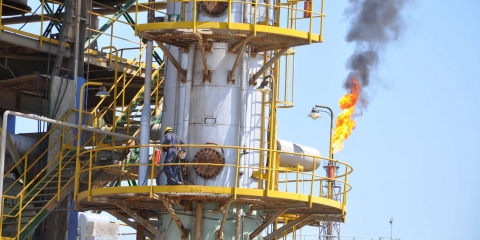Not Pretty. A Reporter Remembers Basra in 2003.
It seemed, whenever I drove south from Baghdad to Basra after 2003, that I was now covering a different war, in a different country. A hotter, grimier, poorer country with different risks and different rules. Four months after the American and British-led invasion, the reality of the British military presence in the city was starkly […]Stephen Farrell writes for The New York Times:
It seemed, whenever I drove south from Baghdad to Basra after 2003, that I was now covering a different war, in a different country. A hotter, grimier, poorer country with different risks and different rules.
Four months after the American and British-led invasion, the reality of the British military presence in the city was starkly summed up for me by Lt. Col. Jorge Mendonça, of The Queen’s Lancashire Regiment. “There are 1.5 million people in Basra and I can push 430 bayonets onto the street at maximum effort,” he said in July 2003. “These figures do not look too pretty.”
Not pretty. By the end of 2003 more than 50 British soldiers were to die and the number would rise to around 180 before the end of the British military mission in 2009. More than half of those were killed by ambushes, roadside bombs and gunfire along the garbage-strewn highways and desert roads through villages. The death toll was — in hard numbers — a fraction of the 4,000-plus American troops killed farther north in Baghdad, Falluja and Mosul and other areas during the same period. But the British contingent was a much smaller one, and the voices back home in Britain protesting against the war were strengthened with every body flown home.





